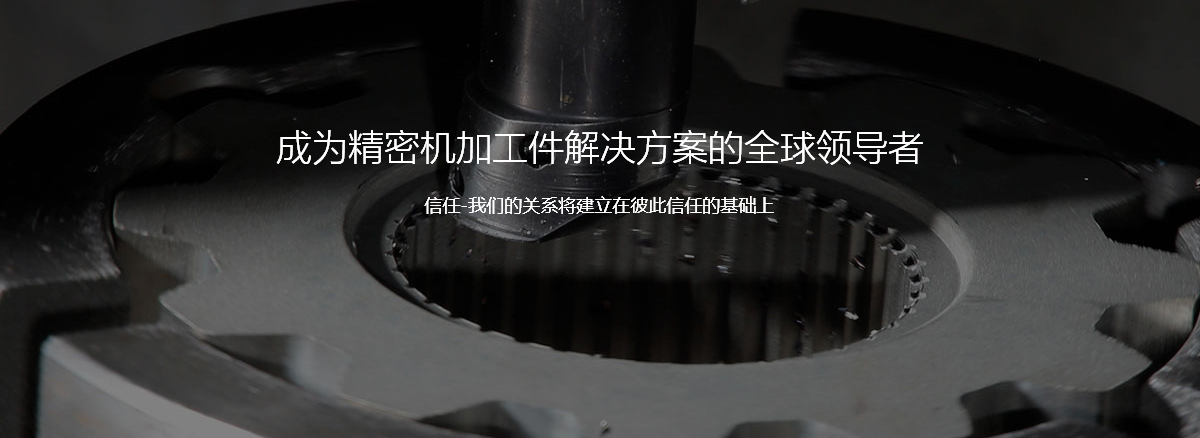1. Determine the process plan and processing route according to the requirements of the part drawing and the condition of the blank
1) For slender shaft parts, the axis line is the process benchmark. Use a three-jaw self-centering chuck to clamp one end of the outer circle of φ58 mm, so that the workpiece extends out of the chuck by 175 mm, and the other end is supported by the top. The clip completes rough and finishing machining (Note: the center is withdrawn when cutting off).
2) Step sequence
① Rough turning the outer circle. The step cutting route is basically adopted, and the outer circle segments of φ56㎜, SφS50㎜, φ36㎜, M30㎜ and the conical segment with a taper length of 10㎜ are roughed, leaving a margin of 1㎜.
② Finish turning each outer surface from right to left: right chamfering of the thread segment → cutting the outer circle of the thread segment φ30mm → turning a cone with a taper length of 10mm → turning a cylindrical segment of φ36mm → turning a cylindrical segment of φ56mm.
③ Turn 5㎜×φ26㎜ thread relief groove, left chamfering of chamfered thread section, turn 10㎜ taper and 5㎜×φ34㎜ groove.
④ Threaded.
⑤ R15㎜, R25㎜, Sφ50㎜, R15㎜ arc surface and 30° conical surface are roughed from right to left.
⑥ R15㎜, R25㎜, Sφ50㎜, R15㎜ arc surface and 30° conical surface are finished from right to left.
⑦ Cut off.
2. Choose machine tools
According to the requirements of the part drawing, the economical CNC lathe can be selected to meet the requirements. Therefore, the CK0630 CNC horizontal lathe is selected.
3. Select tool
According to the processing requirements, three tools are selected, T01 is a roughing tool, a 90° external turning tool is selected, T03 is a grooving tool with a tool width of 3 mm, and T05 is a threading tool.
At the same time, install the three knives on the automatic tool changer holder, and they are all aligned with the knives, and input their offset values into the corresponding tool parameters.
4. Determine the cutting amount
The specific value of cutting amount should be determined according to the performance of the machine tool, related manuals and actual experience, see the machining program for details.
5. Determine the workpiece coordinate system, tool setting point and tool change point
It is determined that the intersection O of the left end face of the workpiece and the axis line is the workpiece origin, and the XOZ workpiece coordinate system is established.
Use the manual trial cutting tool setting method (the operation is the same as the tool setting method of the CNC lathe above), and take point O as the tool setting point. The tool change point is set at X70 and Z30 in the workpiece coordinate


